Canada is made up of ten provinces and three territories, making it the second largest country in terms of area and the lowest in terms of population density in the world. We collect 13 beautiful Canadian flowers here for you.
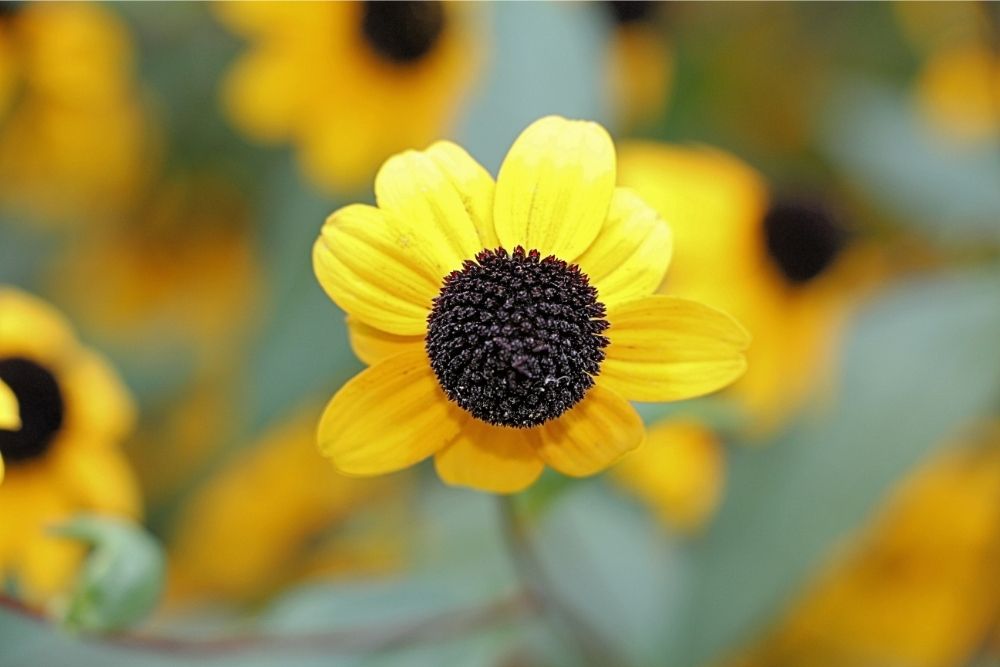
Alberta, British Columbia, Manitoba, New Brunswick, Newfoundland and Labrador, Halifax, Ontario, Prince Edward Island, Quebec, and Saskatchewan are the provinces. The Northwest Territories, Nunavut, and Yukon are the three territories.
Canada is one of the world’s wealthiest nations, with a strong hold on energy and agricultural exports, particularly wheat and other grains. It is a founding member of the North Atlantic Treaty Organization (NATO), employing around 62,000 regular and 26,000 reserve military personnel.
The Maple Leaf, Beaver, and Canadian Horse are the official symbols of Canada, which is spoken in both English and French.
In Reference to Canada
The Maple Leaf is Canada’s official emblem. The maple leaf, as a Canadian symbol, was first used in the early 18th century and is still depicted on Canada’s current and previous flags, the penny, and the coat of arms. The White Trillium, a flower that grows freely in forests and woodlands, is the floral emblem of Ontario (a province located in the east-central part of Canada).
The three white waxy petals that protrude from each flower distinguish the White Trillium. The Trillium is a protected flower that should not be picked.
Because Canada is a geographically vast and ethnically diverse country, cultural differences and distinctions vary from province to province and region to region.
Because recent immigration of people from all over the world has influenced Canadian Flowers culture, Canadians love all kinds of flowers and prefer to give flowers to their loved ones on special occasions like Christmas, Friend Ship Day, and Thanksgiving Day.
Canadians love all kinds of Lilies, a bunch of multi-colored roses, potted roses in tin containers, pastel long stem roses, a bunch of WOW roses Sunflowers, mini carnations Gerbera Daisies, Snapdragons, Miniature Rose, Cyclamen, mums are the flowers that Canadians treasure for gift purposes.
The majority of the flowers purchased in Canada come from South America, specifically Colombia and Ecuador.
Geraniums, Poinsettias, and Chrysanthemums are the most well-known flowers grown in Canada. Canada Lily, Lilium canadense, woodland lily, grows wild in damp meadows and thickets from Alabama to Quebec.
1. Alberta – Wild Rose

Rosa acicularis is the wild rose’s scientific name. The prickly rose, prickly wild rose, bristly rose, and Arctic rose are all names for the flower.
In North America, Asia, and Europe, the Rosa acicularis is diverse. This plant is a deciduous shrub with pinnate leaves that grows to a height of 1-3 metres. The wild rose, which has pink flowers, is the official provincial flower of Alberta province in Canada.
2. British Columbia: Pacific Dogwood
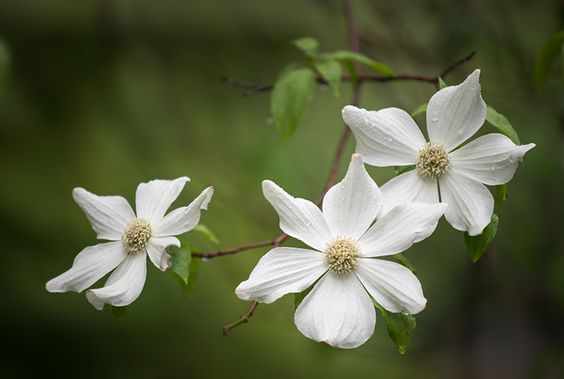
Pacific dogwood is also known as the Western dogwood, the California dogwood, or the mountain dogwood. This dogwood species is found throughout western North America, from British Columbia to California.
The Pacific dogwood ranges in size from small to medium and can reach a height of 10-25 metres. This plant can have anywhere from 8 to 12 leaves. The Pacific dogwood is British Columbia’s official flower emblem.
3. Manitoba: Prairie Crocus

Prairie crocus, scientifically known as Pulsatilla patens, is a flowering plant in the Ranunculaceae family that is native to Canada, Europe, China, Mongolia, Russia, and the United States.
Due to the interaction between the shortgrass prairie and the prairie crocus ecosystems, the population of prairie crocus is declining. The pulsatilla is the official flower of Manitoba, Canada.
4. New Brunswick – Purple Violet

Viola, the scientific name for the purple violet, is the largest genus in the family Violaceae, with species ranging from 525 to 600. The majority of Viola species are found in the temperate Northern Hemisphere.
Some species are perennial, others are annual, and a few are shrubs. The viola has heart-shaped leaves and flowers that rise from the ground. The viola flowers’ colours range from violet to blue, white, yellow, and cream. New Brunswick’s national symbol is purple violet.
5. Newfoundland And Labrador – Purple Pitcher Plant
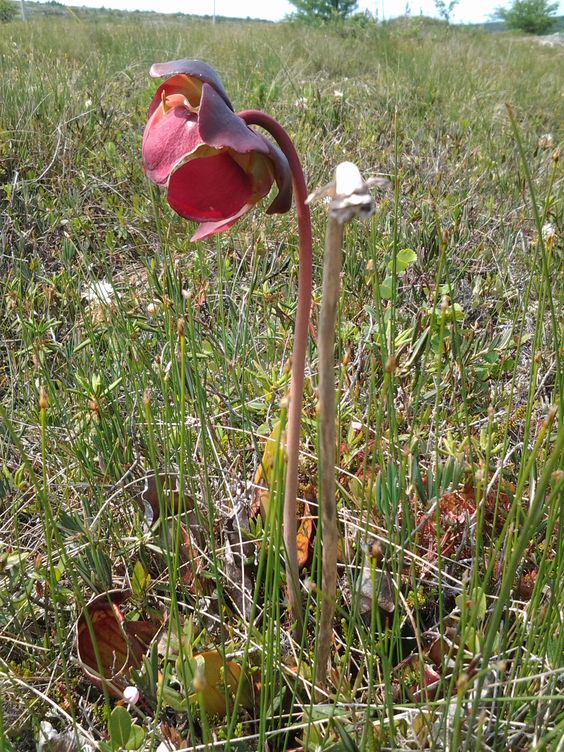
The purple pitcher is a carnivorous plant in the Sarraceniaceae family. The Eastern Seaboard and Gulf Coast of the United States, as well as all Canadian flowers provinces except Nunavut and Yukon, Alaska, and Washington state, are its habitat.
In colder climates, the purple pitcher plant thrives. Prey capture is how the purple pitcher plant gets its nutrients, like all other carnivorous plants. The floral emblem of Newfoundland, Canada, is this pitcher species.
6. Northwest Territories – Mountain Avens

The Dryas octopetala, scientifically known as mountain avens, is an Arctic-alpine flowering evergreen subshrub in the Rosaceae family. The name octapetala comes from its eight petals, which are unique among the Rosaceae family.
In the mountainous regions dominating the Arctic regions, Scandinavia mountainous region, and Canadian Rockies, Dryas octopetala is diverse. The Dryas octopetala is the official floral emblem of the Northwest Territories of Canada.
7. Nova Scotia – Mayflower

The Mayflower, also known as the trailing arbutus, is a shrub in Ericaceae. Its habitats range from Newfoundland to Kentucky. The plant thrives in moist and acidic soil. The Mayflower’s pink flowers fade to almost white as they age. The Mayflower is the Nova Scotian emblem in Canada.
8. Nunavut – Purple Saxifrage

A low-growing edible plant found in the Arctic and high mountainous regions, purple saxifrage is scientifically known as saxifraga oppositifolia. The plant grows to about 3-5 cm in height and has woody branches that reach close to the ground.
The plant blooms from spring to summer. It thrives in a variety of environments, from freezing temperatures to arctic habitats. Nunavut, Canada’s flower symbol is the purple saxifrage.
9. Ontario – White Trillium
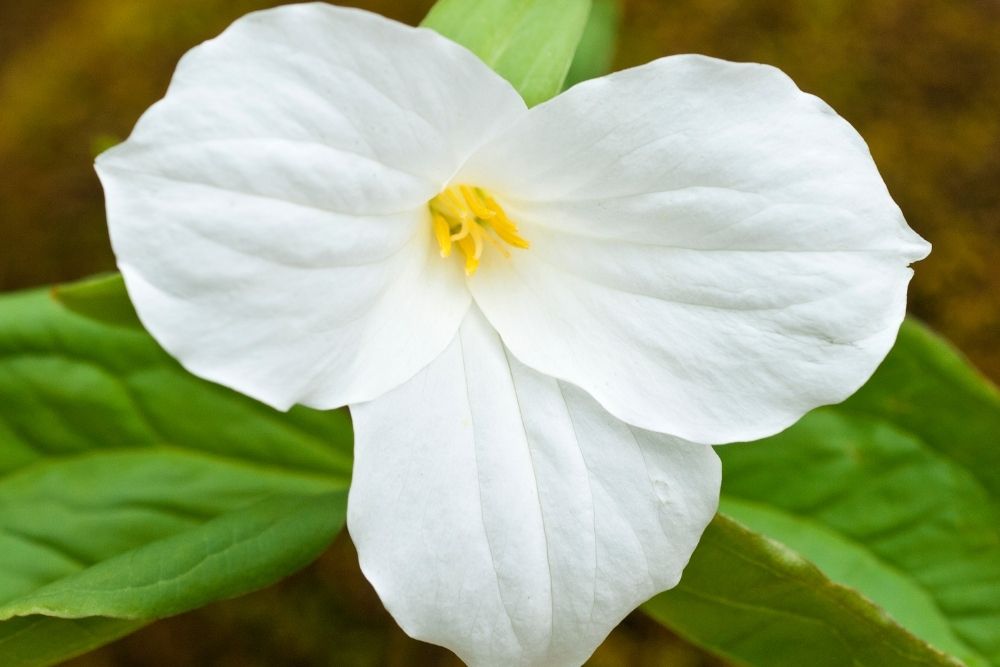
Trillium grandiflorum is a flowering perennial herbaceous plant that is native to North America, ranging from northern Quebec to the south of the United States.
This plant is also quite diverse in British Columbia, Canada. Furthermore, the white trillium is known for its three-petaled white flowers. In fact, the flower is the official provincial emblem of Ontario, Canada, and it appears on the province’s official flag.
10. Prince Edward Island – Lady Slipper
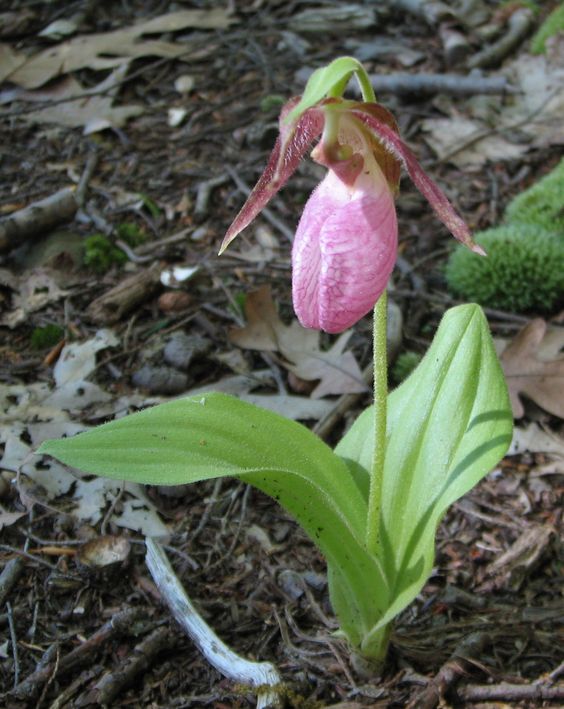
As a matter of fact, the pink lady’s slipper, scientifically known as Cypripedium acaule, is an orchid in the genus Cypripedium. Therefore, Canada’s lady’s slipper is unique in that it can be in every province except British Columbia.
Two leaves are close to the ground on the lady’s slipper plant, as well as a stalk that sprouts to hold a single pink flower. Thus, the pink lady’s slipper is the official flower symbol on Prince Edward Island, Canada.
11. Quebec – Blue Flag Iris
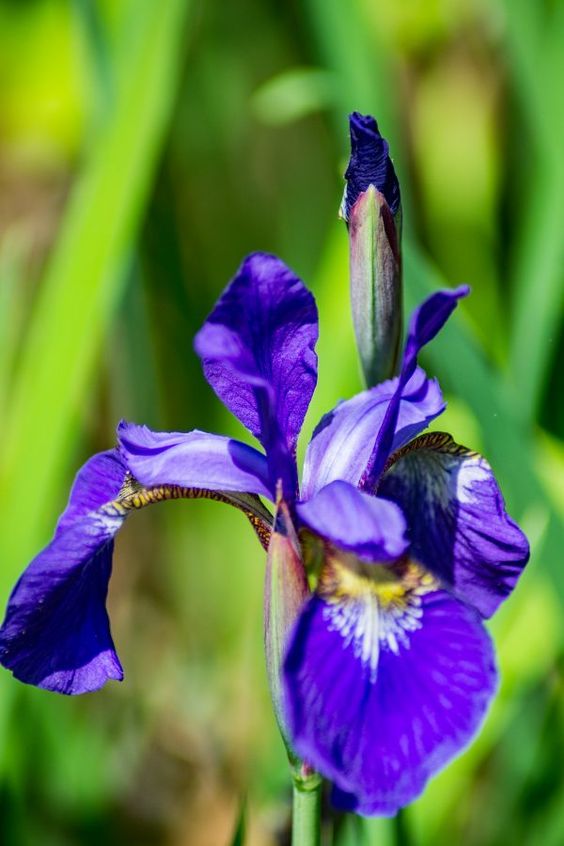
The blue flag iris is a species of Iris that is native to North America and is scientifically famous as the Iris versicolor. Furthermore, in Eastern Canada and the Eastern United States, the blue flag iris is diverse. In addition, Iris versicolor is a perennial plant with blue flowers that grows to a height of about 10-80 cm.
As a matter of fact, after abandoning the Madonna lily, which was not native to this region, Quebec adopted the blue flag as its official floral emblem.
12. Saskatchewan – Western Red Lily
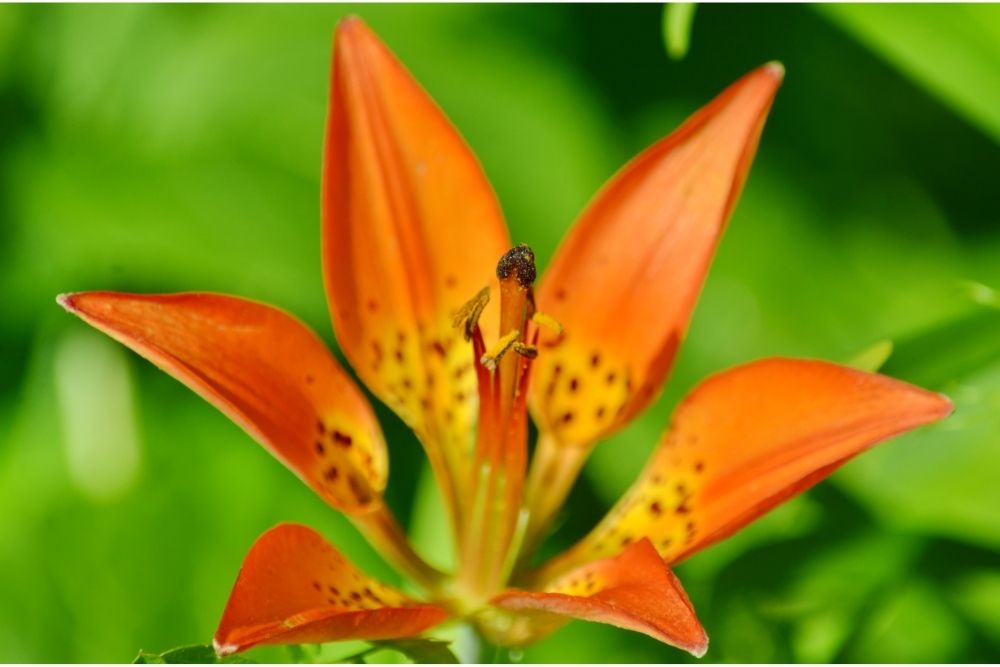
The western lily, scientifically famous as Lilium philadelphicum, is a perennial lily species that is native to North America. As a matter of fact, in Canada, the Lilium philadelphicum is quite diverse, with British Columbia and Quebec dominating.
Furthermore, between June and August, this lily species grows to a height of 30-90 cm and produces orange or red flowers. The western red lily is listed as an endangered species because its survival is in danger.
Indeed, the western red lily is a Saskatchewan provincial floral symbol. Because of this, the Provincial Emblems and Honors Act prohibits its picking, uprooting, and even destroying.
13. Yukon – Fireweed
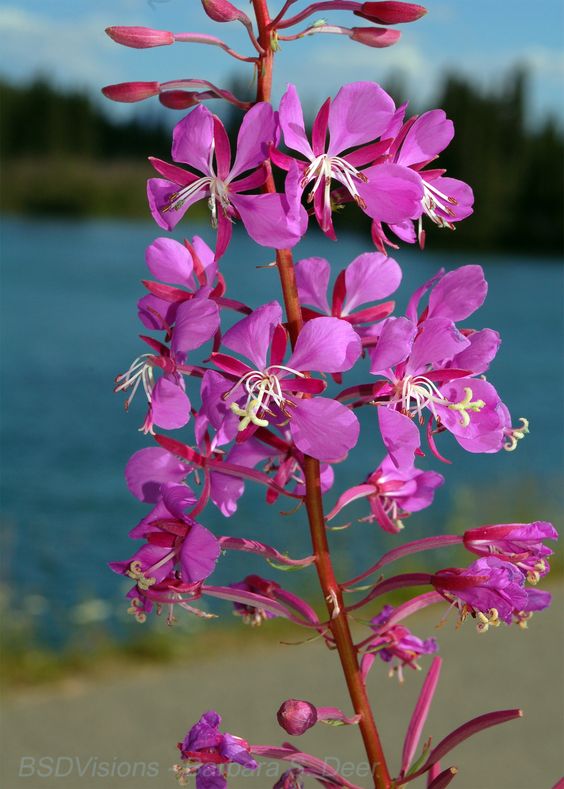
Initially, Fireweed is a perennial herbaceous plant that grows in temperate regions of the Northern Hemisphere. Thus, its common reference is the great willowherb in some parts of Canada.
Hence, Fireweed has a reddish stem that rises to a height of about 0.5–2.5 metres and leaves that are scattered and spirally organised. Moreover, the flower is edible and contains vitamin c and provitamin A. And so, Yukon, Canada, is home to the official flower symbol of fireweed.
Conclusion
In sum, above we have listed 13 of the most iconic flowers from Canada. The Maple Leaf is Canada’s official emblem while the White Trillium is the floral emblem of Ontario. Furthermore, Geraniums, Poinsettias, and Chrysanthemums are the most famous flowers that grows in Canada.
Whether it’s the Blue Flag Iris or the Purple Violet that calls out to you, there is a flower here for every flower lover out there! I hope you have found everything you were looking for from the wonderful land of Canadian flowers!







